COFFEE CULTURE

WET PROCESSING
WET PROCESSING
This is the process that transforms freshly harvested coffee cherries into parchment coffee beans ready to be sent to the dry processing stage to begin preparation for export or further roasting.
Learn more about the stages

DRY PROCESSING AND EXPORT
DRY PROCESSING AND EXPORT
This process converts parchment coffee into "green coffee," ensuring that it is in optimal condition for commercialization and international distribution.
Learn more about the stages
Stages of Wet Processing
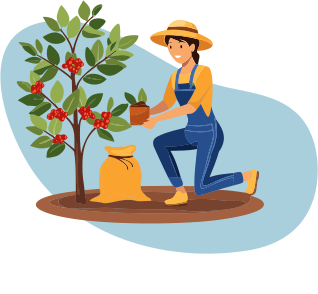

Coffee is collected during the harvest season when the cherries reach their maturity, which typically occurs once a year. This process involves manually selecting the cherries at their optimal ripeness, ensuring the coffee's quality, as cherries in different stages of maturity can affect the flavor of the final product.


The coffee cherries are received at the wet milling facility, where the verification and quality classification process begin. This process can be carried out manually or through mechanized methods.
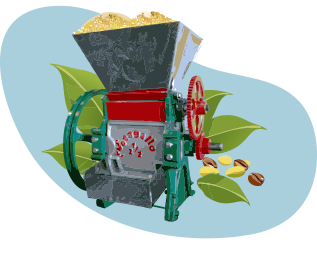

The outer pulp (skin) of the fruit is removed. This is done using pulping machines that separate the coffee beans from the pulp. The pulp can be used to fertilize the soil for future harvests. Converting the pulp into fertilizer is carried out through a specialized process.
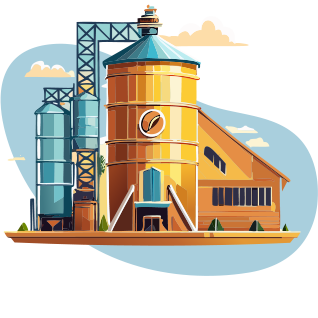
The pulped beans undergo a fermentation process that lasts between 12 and 48 hours, depending on climatic conditions, the coffee variety, and the methods used. Fermentation can be carried out manually using only tanks and water or mechanized with specialized equipment. Recently, new fermentation systems have emerged, allowing the production of different coffee variations, such as Honey coffees or anaerobic coffees. During this phase, natural enzymes break down the mucilage covering the beans.
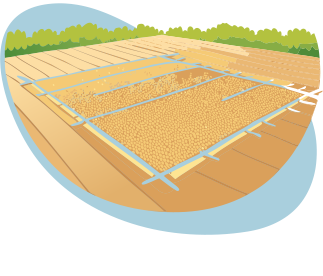

The washed beans are dried to reduce their moisture content to an appropriate level (generally between 10% and 12%). Drying can be done manually under the sun on patios or using mechanical dryers.
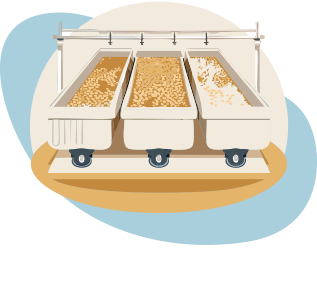

Once dried, the beans are transformed into parchment coffee, which is packed in nylon or jute bags to facilitate storage and transportation to the dry mill, where the export phase begins.
Each of these stages is crucial to ensure that the coffee maintains its organoleptic properties and quality, which influence the flavor and the final experience for the consumer. If you need more information about any specific stage, feel free to ask.
Stages of Dry Processing and Export
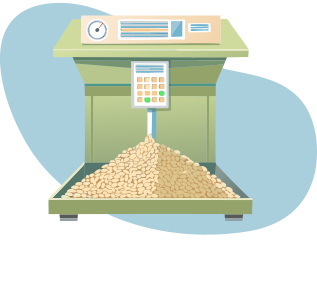

Parchment coffee, which is the coffee bean with its dry husk, is received at the dry milling facility. During this stage, the quality is verified, and an initial weighing is conducted.


Green coffee beans are stored under suitable conditions, in jute sacks or other containers, to protect them from moisture and pests. The storage conditions must be monitored to ensure the quality of the coffee.
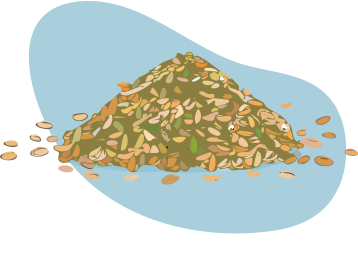

Once the parchment coffee is properly dried, the dry husk is removed. This stage involves the use of hulling machines, which eliminate the husk from the parchment coffee, resulting in green coffee beans, commonly referred to as "green gold."
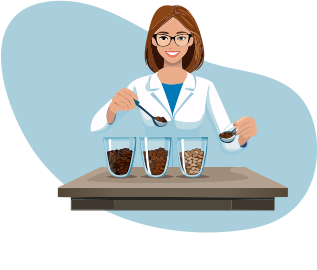
Green coffee beans are classified according to their size and weight. This process is carried out using sorting machines that separate the beans into different categories.
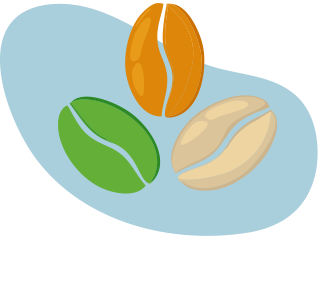

Electronic classification in coffee is a crucial process that allows producers to ensure and maintain consistency in the quality of coffee beans by removing defective ones. This technology contributes to the sustainability and competitiveness of the coffee industry in a global market.
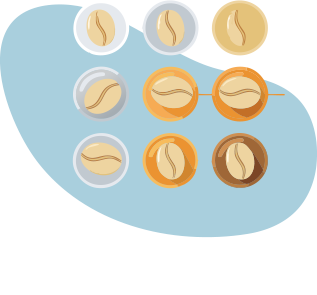

Cuppings and quality analyses are conducted to evaluate the flavor profile, aroma, and other characteristics of the coffee. This ensures that the coffee meets the required standards for export.


The beans that meet the standards are packaged in suitable sacks and bags for export. The necessary labels are included, specifying the origin and quality of the coffee.


All the necessary documentation for export is prepared, which may include quality certificates and compliance with phytosanitary and customs regulations, before being sent to its final destination.
